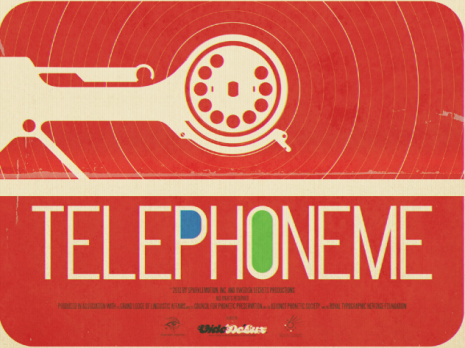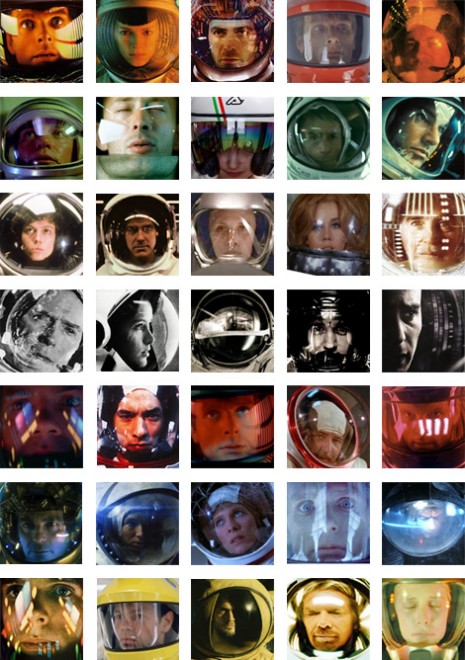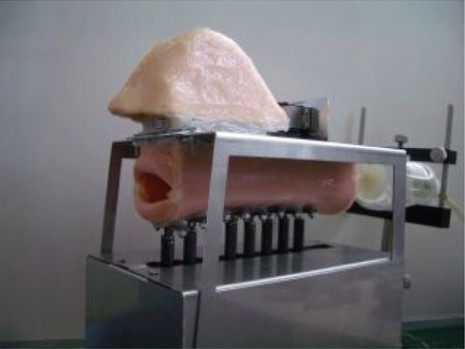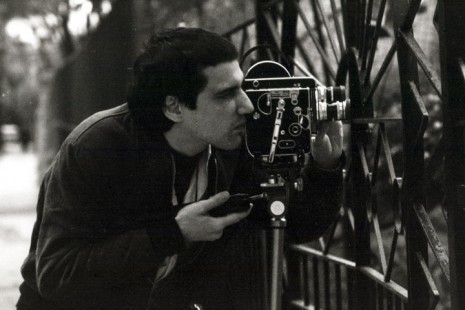
Missouri-based design group MK12 have replicated the look and sound of educational/industrial films of the 1960’s in the beautifully constructed Telephoneme. MK12 was partly inspired by the Bell Science Laboratory series of short films we used to have to watch in elementary school. They’ve just added some LSD to the mix.
Telephoneme takes visual cues from The Alphabet Conspiracy as well as other educational films of days past, inspired by the awkward editing & absurd premises that so often defined the genre. The color palette is simple and deliberate, and we also developed a technique in which all the elements were split out into their respective red, green, and and blue channels(similar to how a printer makes several passes of pure color to construct a realistic image). These channels mostly remain superimposed throughout the film, but they sometimes move independently of one another, creating interesting transitional & graphic effects.
After the jump, you can watch a short clip from The Alphabet Conspiracy and see where MK12 got some of their inspiration for Telephoneme.
Watch The Alphabet Conspiracy…










